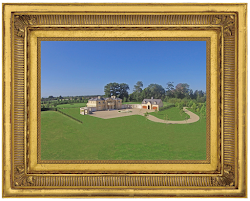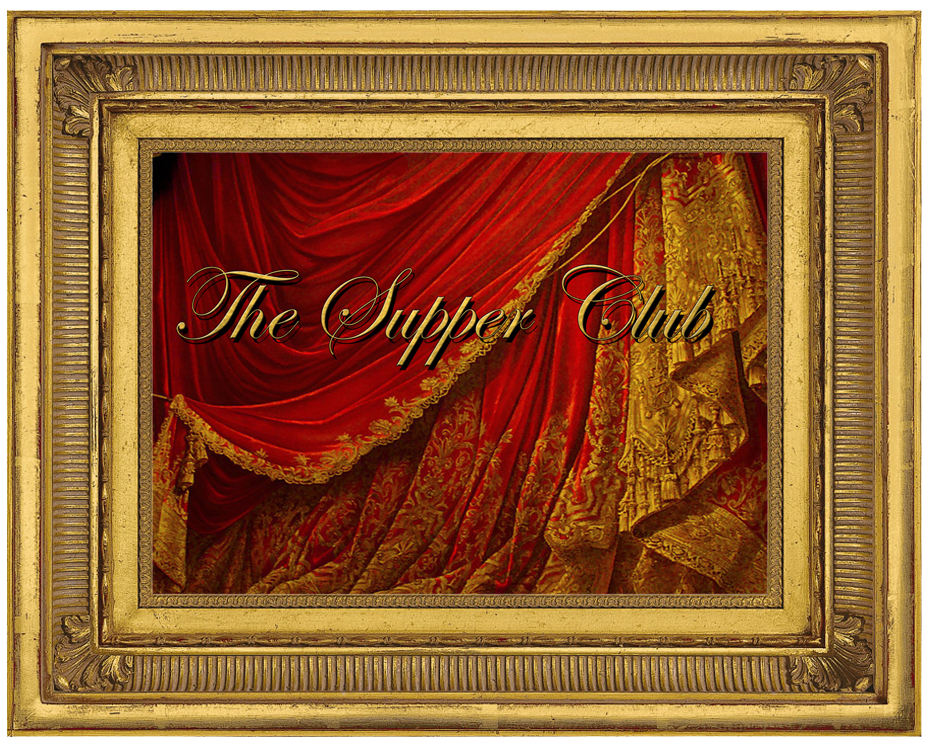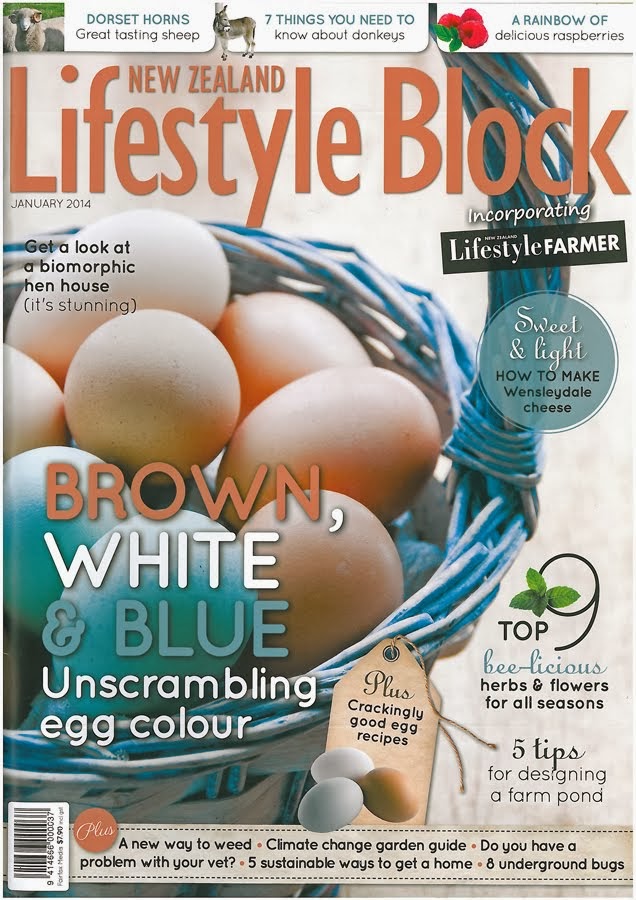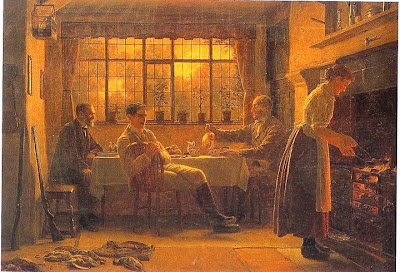
On the 25th of April, New Zealand and Australia commemorate ANZAC Day. Although ANZAC Day does not mark a military triumph, it does remind us of a very important episode in New Zealand's history. Great suffering was caused to a small country by the loss of so many of its young men. But the Gallipoli campaign showcased attitudes and attributes - bravery, tenacity, practicality, ingenuity, loyalty to King and comrades - that helped New Zealand define itself as a nation, even as it fought unquestioningly on the other side of the world in the name of the British Empire.

On 25 April 1915, eight months into the First World War, Allied soldiers landed on the shores of the Gallipoli peninsula. This was the Turkish territory of Germany's ally, the Ottoman Empire. The troops were there as part of a plan to open the Dardanelles Strait to the Allied fleets, allowing them to threaten the Ottoman capital Constantinople (now Istanbul) and, it was hoped, force a Turkish surrender. The Allied forces encountered unexpectedly strong resistance from the Turks, and both sides suffered enormous loss of life.
The forces from New Zealand and Australia, fighting as part of the ANZAC (Australian and New Zealand Army Corps), played an important part in the Gallipoli campaign. At its beginning, people at home greeted with excitement the news that our soldiers were at last fully engaged in the war. New Zealand soldiers distinguished themselves with their courage and skill, establishing an enduring bond with the Australians they fought alongside.
The Gallipoli campaign was, however, a costly failure for the Allies, who after nine months abandoned it and evacuated their surviving troops. Almost a third of the New Zealanders taking part had been killed; the communities they came from had counted the cost in the lengthy casualty lists that appeared in their newspapers. And the sacrifice seemed to have been in vain, for the under-resourced and poorly-conducted campaign did not have any significant influence on the outcome of the war.

After Gallipoli, New Zealand had a greater confidence in its distinct identity, and a greater pride in the international contribution it could make. And the mutual respect earned during the fighting formed the basis of the close ties with Australia that continue today.

Poppies have an enduring association with ANZAC Day, dating back to the 1920s. Throughout New Zealand, people of all ages wear a red poppy as a mark of remembrance for the men and women who have died in the course of service for their country. Poppies made of light cloth or paper are also woven together to form wreathes which are laid at war memorials up and down the country.
The poppies are a vivid reminder of the sacrifice - the blood lost - in war. The connection between red poppies and fallen service personnel has its origins in the Napoleonic Wars of the early nineteenth century; red or Flanders poppies were the first flowers to bloom over the graves of soldiers in northern France and Belgium.
It was in the same region - the Western Front - a century later that red poppies were once more associated with those who died in war. Canadian medical officer John McCrae penned the famous and moving line:
In Flanders fields the poppies blow
Between the crosses, row on row.

After the First World War, the red poppy gradually became recognised as a symbol of remembrance. The shape of the poppy has undergone several changes over the years, and today's design was adopted in 1978.
Anzac Biscuits

New Zealand and Australia share a tradition of ANZAC Biscuits. Both countries claim to have invented them, but ANZAC Biscuits are similar to many other older biscuit recipes that are designed to produce crisp, hard and nutritious biscuits that keep well.
One of the food items that women in both countries sent to soldiers during the First World War was a hard, long-keeping biscuit that could survive the journey by sea, and still remain edible. These were known as Soldiers' Biscuits, but after the Gallipoli landings in 1915, they became known as ANZAC Biscuits. Soldiers themselves may have made a similar form of biscuit from ingredients they had on hand: water, sugar, rolled oats and flour.
The traditional ANZAC Biscuit is hard and flat - ideal for dunking in tea and then eating. During the First World War, some soldiers used broken biscuits to make a form of porridge to add some variety to their diet.
Over the years, softer and chewier versions of the biscuit have appeared. There are many recipes for ANZAC Biscuits. Common to most is the inclusion of rolled oats, coconut, butter and golden syrup. Eggs almost never feature. This may be because eggs were in short supply during the First World War. Many varieties of biscuit do not have eggs, however, and like ANZAC Biscuits rely instead on chemical rising agents such as bicarbonate of soda (baking soda).
ANZAC biscuit recipe
makes about 20
1/2 cup sugar (unrefined raw sugar)
1 cup plain flour (wholemeal, sifted twice)
1 cup rolled oats
1 cup dessicated coconut
125g unsalted butter
1 tablepoon golden syrup
2 tablespoons boiling water
1 tablespoon baking soda
1. Preheat the oven 150C. Line two baking trays with non-stick paper.
2. Combine the sugar, flour, oats and coconut in a large mixing bowl.
3. Melt the butter in a small saucepan over medium heat then add the golden syrup, boiling water and baking soda. It will foam up to triple the volume almost immediately. Add the butter mixture to the dry ingredients and mix with a wooden spoon to combine.
4. Place spoonfuls on the trays about 5cm apart and flatten slightly. Bake for 20 minutes until golden brown. They’ll still be quite soft, so carefully transfer to a rack to cool. They’ll firm up when they get to room temperature.
Dulce et decorum est
by Wilfred Owen
Bent double, like old beggars under sacks,
Knock-kneed, coughing like hags, we cursed through sludge,
till on the haunting flares we turned our backs
And towards our distant rest began to trudge.
Men marched asleep. Many had lost their boots
But limped on, blood-shod. All went lame; all blind;
Drunk with fatigue; deaf even to the hoots
Of tired, outstripped Five-Nines that dropped behind.
Gas! GAS! Quick, boys! - An ecstasy of fumbling,
Fitting the clumsy helmets just in time,
But someone still was yelling out and stumbling
And flound'ring like a man in fire or lime...
Dim, through the misty panes and thick green light,
As under a green sea, I saw him drowning.
In all my dreams, before my helpless sight,
He plunges at me, guttering, choking, drowning.
If in some smothering dreams, you too could pace
Behind the wagon that we flung him in,
And watch the white eyes writhing in his face,
His hanging face, like a devil's sick of sin;
If you could hear, at every jolt the blood
Come gargling from the froth-corrupted lungs,
Obscene as cancer, bitter as the cud
Of vile, incurable sores on innocent tongues,-
My friend, you would not tell with such high zest
To children ardent for some desperate glory,
The old Lie: Dulce et decorum est
Pro patria mori.
Owen's poem recited by many a school boy, takes its famous opening lines from Horace's Ode:

Dulce et decorum est pro patria mori:
mors et fugacem persequitur uirum
nec parcit inbellis iuuentae
poplitibus timidoue tergo.
Virtus, repulsae nescia sordidae,
intaminatis fulget honoribus
nec sumit aut ponit securis
arbitrio popularis aurae...
It’s sweet and fitting to die for one’s country.
Yet death chases after the soldier who runs,
and it won’t spare the cowardly back
or the limbs, of peace-loving young men.
Virtue, that’s ignorant of sordid defeat,
shines out with its honour unstained, and never
takes up the axes or puts them down
at the request of a changeable mob.
The 2007 Gallipoli Commemorations with the then Prime Ministers of Australia and New Zealand, and His Royal Highness The Prince of Wales...















































-0014.o.jpg)























































































